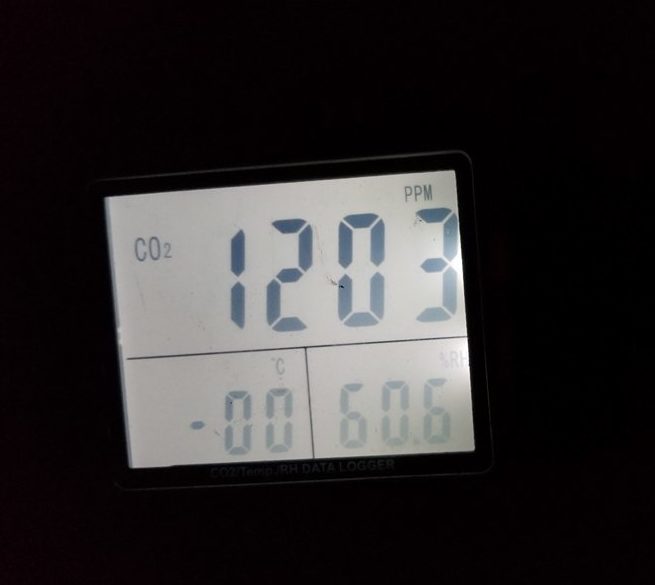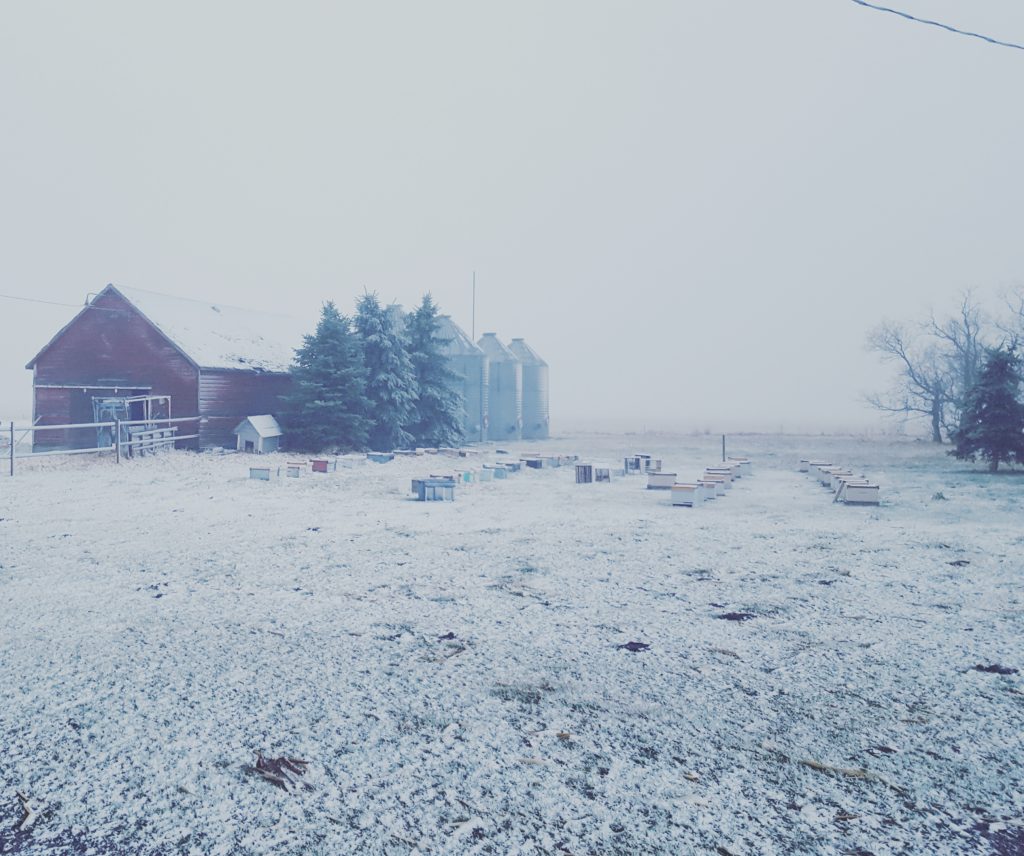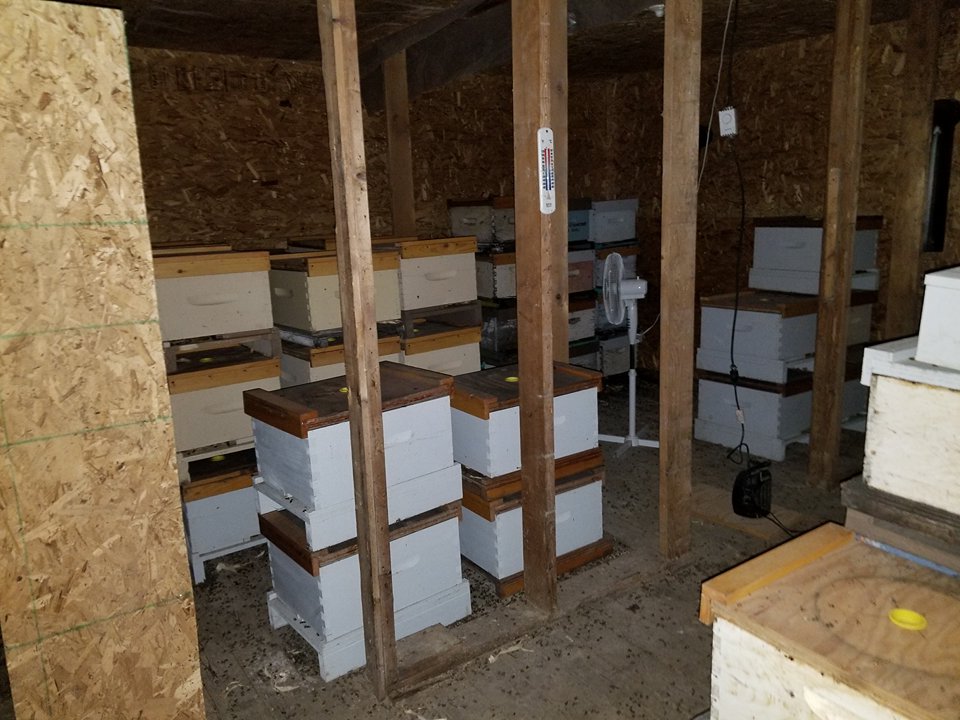January 17th – Bees in a Manitoba Winter
How can you even keep bees alive in Canada? How do they survive the cold Manitoba winters? These are questions I often receive on social media from our friends in warmer climates.
It can get extremely cold here in Manitoba, this winter has been interesting to say the least, for the past 3+ weeks we have had many days with lows below -25C and windchill plummeting to -35C to -45C.
The Manitoba overwinter loss average is about 30-35%. Many beekeepers wrap their hives up with insulation, and cross their fingers all winter in hopes that they will make it through. I cross my fingers all winter as well, but I do things a little differently, I along with some other folks here in Manitoba, keep my bees indoors for the winter. This is not a new concept, bees have been wintered indoors and in cellars, for hundreds of year. But the techniques behind it have been greatly refined, with the rise in technology and ease of networking between beekeepers.
Our bees are heavily fed a sugar water solution going into winter, we want to ensure that they have enough feed to make it through 5.5 -6 months without any forage available. We feed them through pail-top feeders and they back-fill the entire brood nest with feed. Once fully fed they will weigh in at about 80-100lbs, most of this will be consumed before they see daylight again in spring. Once daytime high temperatures are consistently below 10C, we begin moving the bees indoors. This year we did it all in one night, shortly after the photo above was taken, the next day we received about 5 inches of snow, and I was glad not to be digging through snow to get the bees inside.
Once inside the shed the hives are stacked in rows to allow movement between the rows, and cleanup of spent bees. As the bees age they will leave the hive before they die, every once in a while I will walk the rows with a broom and sweep up the dead to keep things tidy. You can see some spent bees on the floor in the photo above.
A floor fan circulates the air for the time being until I find the time and cash to install ceiling fans. It is important to ensure there is air movement in the building to prevent layering of CO2, I have been told stories of folks who neglected air movement, and every single one of their hives at the bottom of the stack suffocated. I also have a small space heater set up for supplemental heating. Temperature, humidity, and CO2 levels are all monitored.
My preferred Levels are:
CO2: Under 2000ppm
Humidity: 50-60%
Temperature: 4C

Data Monitoring device, It was -29C out when this photo was taken, just prior to turning on supplemental heating
Bees produce a large amount of heat, to cool the shed we have a bathroom fan installed on a cool stat, It is set to draw outside air whenever tempatures rise above 6C. The shed is insulated and will maintain temperature using only the fans down to a low of -20C. As the days warm up in spring this fan will run continuously, and we are eventually forced to move the bees outside, hoping the warm weather will stay.
Anyone of any sized operation can set up an indoor facility, our first wintering shed was a 6’x8′ insulated garden shed, we wintered up to 32 colonies in there using a double nuc system, prior to converting a larger building.
Prior to deciding whether to winter indoors one should ensure their climate is right for the job, the most difficult part of wintering indoors is keeping the shed cool, our winters are great for this as we seldom see temperatures above freezing for about 4 months per year. If you see wild swings from negative to positive temperatures, indoor wintering is not an option you should consider.



Leave a Comment